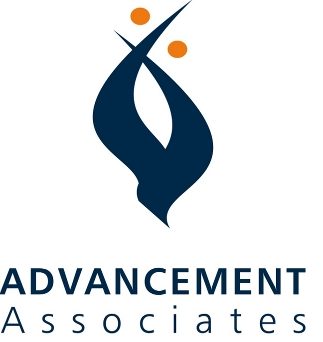For Good Shepherd Home of Fostoria, OH, the word “groundbreaking” refers not only to an upcoming event for a state-of-the-art therapy facility; it also describes the journey the continuing care retirement community has been on over the last three years—a journey to build a development program from square one.
Already Good Shepherd Home (GSH) has exceeded its campaign goal, though it won’t enter the public phase of its “Therapy for All” campaign until the groundbreaking ceremony planned for April. This is the first capital campaign undertaken by the home in over 40 years and the first of its kind for CEO Chris Widman, who came to Fostoria 14 years ago.
In the past, Widman explains, projects have been financed largely through tax-exempt bonds or operational revenue. But those projects have also yielded positive Pro Forma statements, a financial document used to demonstrate a projected return on investment. “As we evaluated the [current] project,” he allows, “we identified that, for as much good as it would do, it would not enhance our revenue.”
So leaders asked themselves, how can we fund a project that won’t pay for itself? Obviously, a capital campaign was one alternative. But GSH had no official development program in place and no staff person devoted to development. Widman points to some individual donations, and an occasional will, but says such gifts were sporadic. “If you will, they happened by chance.”
Once the home decided to pursue a capital campaign, Widman talked to Rick Stiffney, director of Mennonite Health Services Alliance, with which GSH is affiliated. “I asked Rick who he knew that offered consulting services,” Widman recalls. Stiffney pointed him in the direction of Advancement Associates (AAI).
AAI Associate Becky Drumm began working with Good Shepherd in early 2011. After a feasibility study, the board settled on a campaign goal of $650,000 and Widman began assembling a campaign cabinet, a group that proved valuable in generating a list of prospective donors for this organization that currently had no such database.
The result has been positive. “I’m very pleased with the generosity of the people we’ve approached,” says Widman, who has been involved in the majority of donor visits. In fact, as of last month, GSH has raised over $750,000 in gifts and pledges.
Widman believes this may be due to several things. First, many donors have had family members directly served by the organization. Second, donors are eager to partner with an organization that is committed to its mission and does it well. And third, both Good Shepherd and its individual staff members are very involved, and therefore well-known, within the community.
His own community involvement has also opened the door for several grants. Widman serves on the board of one local foundation and is acquainted with members on advisory boards of some others. That is not to say these gifts have come without effort: “Even though we just recently got the grant, I’ve been talking to one foundation rep for two years about what we wanted to do and how we should approach them.”
The success of the campaign thus far means that GSH can enhance its original building plans to offer the community even more. “We’re including lots of things that are not typically included in a long-term care facility. This new facility will set us apart from other long-term care providers in the region.”
Once completed, the new therapy center will offer a therapy gym; an aquatic center; a designated area for occupational therapy with a training kitchen, bedroom and bathroom; a speech therapy office; treatment areas; and driving and car transfer simulation devices.
Therapy services will be available not only to the 200 on-campus residents, but also on an outpatient basis to persons from the broader community.
That expanded service is one opportunity Widman sees the current capital campaign offering Good Shepherd in the future. “When people need us, they know that they’ll get great service and that we’ll have great facilities.” He also values the way the campaign promises to enhance people’s awareness that GSH is a non-profit that can benefit from gifts.
Sharing Good Shepherd’s story during donor visits has stretched the CEO, who says the experience has been “interesting,” and one with which he is growing comfortable. “On a personal level, I’ve learned that it’s OK to ask for support, and to share how we are important to the community.”
For other organizations considering their first major capital campaign, Widman emphasizes the importance of conducting a feasibility study. “I had participated in one prior capital campaign, but that was for my church so everyone involved understood what the funds would be used for and who they would come from.” In Good Shepherd’s case, the amount originally tested in the study seemed to not have adequate stakeholder support and an endowment component for a chaplaincy program was removed from the campaign.
And he recommends hiring a professional to guide the process. “Becky has been fantastic!” And Drumm is quick to commend Widman for his larger vision. “For Chris, this wasn’t just about raising money for the project at hand. He saw the campaign as an opportunity to identify invested stakeholders, and now he wants to maintain them as part of an ongoing development effort.”
Though undertaking such a large fundraising effort with no development systems in place certainly hasn’t been easy, Widman is happy with how the campaign has progressed and believes the positive experience will bolster the retirement community’s confidence in the future. “When we want to do another campaign, we’ll look back and say, ‘See? We did it before; we can do it again.’”

